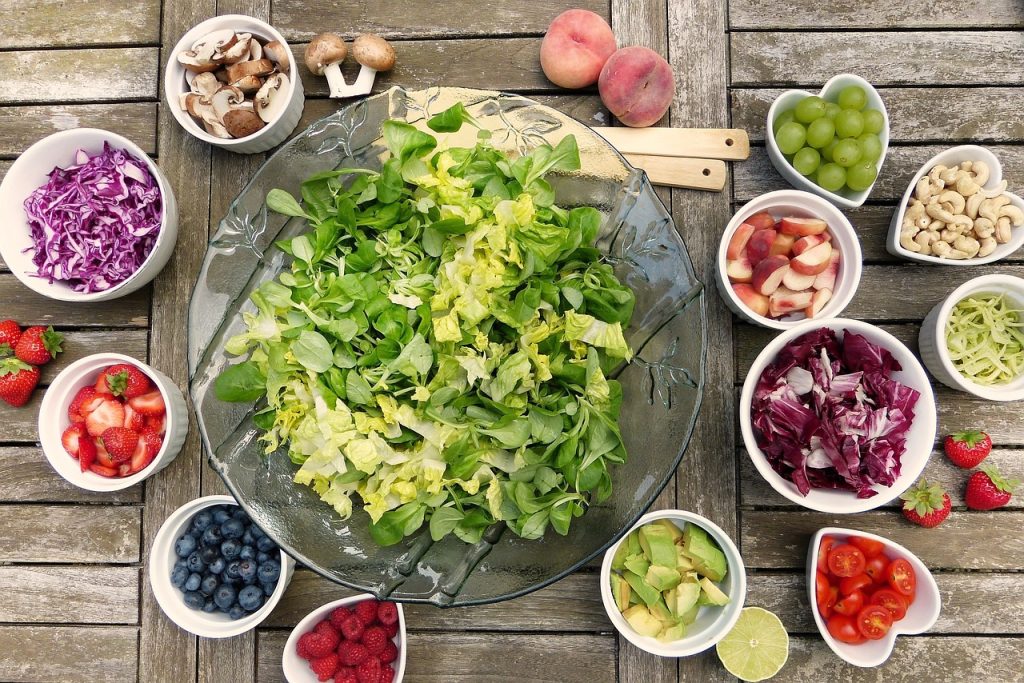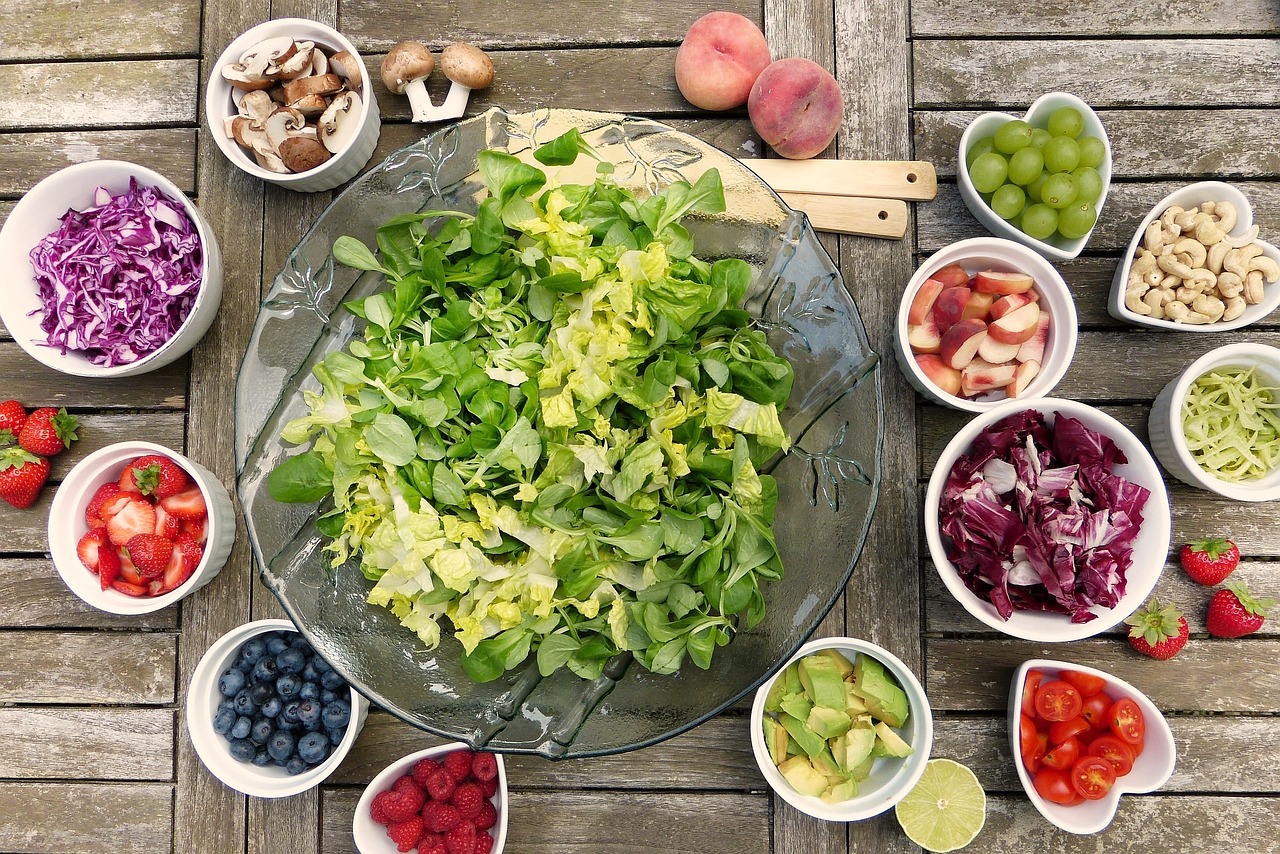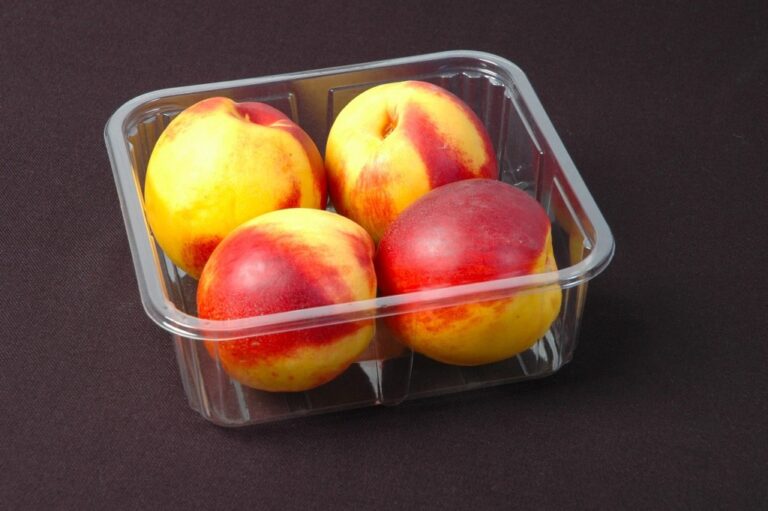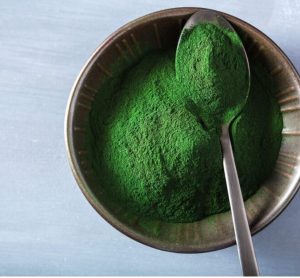
Food is the main source of energy for your body. It is therefore essential to understand how food works and its role, to be able to correctly integrate your daily diet, particularly if you are considering a slimming or weight loss program. Today we are going to come back to fundamental notions of nutrition and dietetics regarding food.
Balance and dietary diversification
When we talk about diet and food, we instinctively think of calories. Indeed this notion is fundamental but it is not the priority notion. Unfortunately, too often this concern with “reducing calories to burn fat” constitutes one of the major causes of the failure of many diets. The role of food is not only to provide you with energy, but above all to provide you with a set of micronutrients (minerals, vitamins, trace elements, essential fatty acids), and a balance between carbohydrates, lipids, and proteins.
- Proteins (which provide your body with proteins) are essential for muscle function.
- Carbohydrates provide sugars essential to the functioning of your body, particularly your brain.
- Finally, lipids provide fatty acids that our body needs to function.
These three contributions being fundamental, it is also important to focus on the ideal distribution of “proteins, lipids, carbohydrates” in the diet. However, this balance varies depending on the activity you carry out.
For example :
A sedentary person should have a daily profile of this type: 15% proteins / 30% lipids / 55% carbohydrates.
An athlete should have a daily profile of this type: 10-15% proteins / 15-20% lipids and 60-70% carbohydrates (less fats, more sugars).
The role of a nutritionist is in particular to define this profile with you.
The composition of your meals during the day must allow you to respect this balance and provide you with all the fundamental micronutrients so as not to place your body in a situation of deficiency.
Caloric intake
In addition to the diversity of the diet, the richness of the latter must also be evaluated. It is mainly this point that will keep you in mind during your diet because it should allow you to calculate the “quantity” of food that you can consume according to your caloric needs to limit your energy intake. Once your protein/lipid/carbohydrate profile has been determined, and your number of daily calories is known (we invite you to reread this article on the subject of the principle of weight gain), you will then be able to determine the quantities of food to take. Calorie tables exist on this subject to give you the main calories of different common foods. We will give you one in the next article (a little patience). There remains one essential point: the conversion between micronutrients and calories. 1 gram of carbohydrates and 1 gram of lipids do not contain the same amount of calories.
The basic things to remember are:
1 g of carbohydrates = 4 kcal
1 g of lipids = 9 kcal
1 g of proteins = 4kcal
Example: by reducing the equivalent of a chocolate bar per day (200kcal) you save 1400kcal over 1 week, or the equivalent of 2 meals or 150g of fat.













+ There are no comments
Add yours